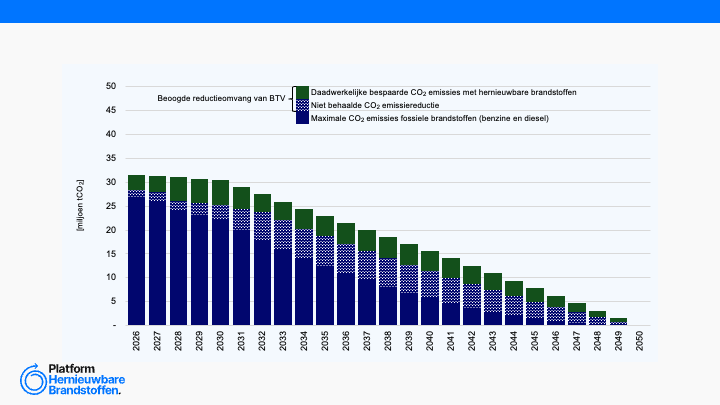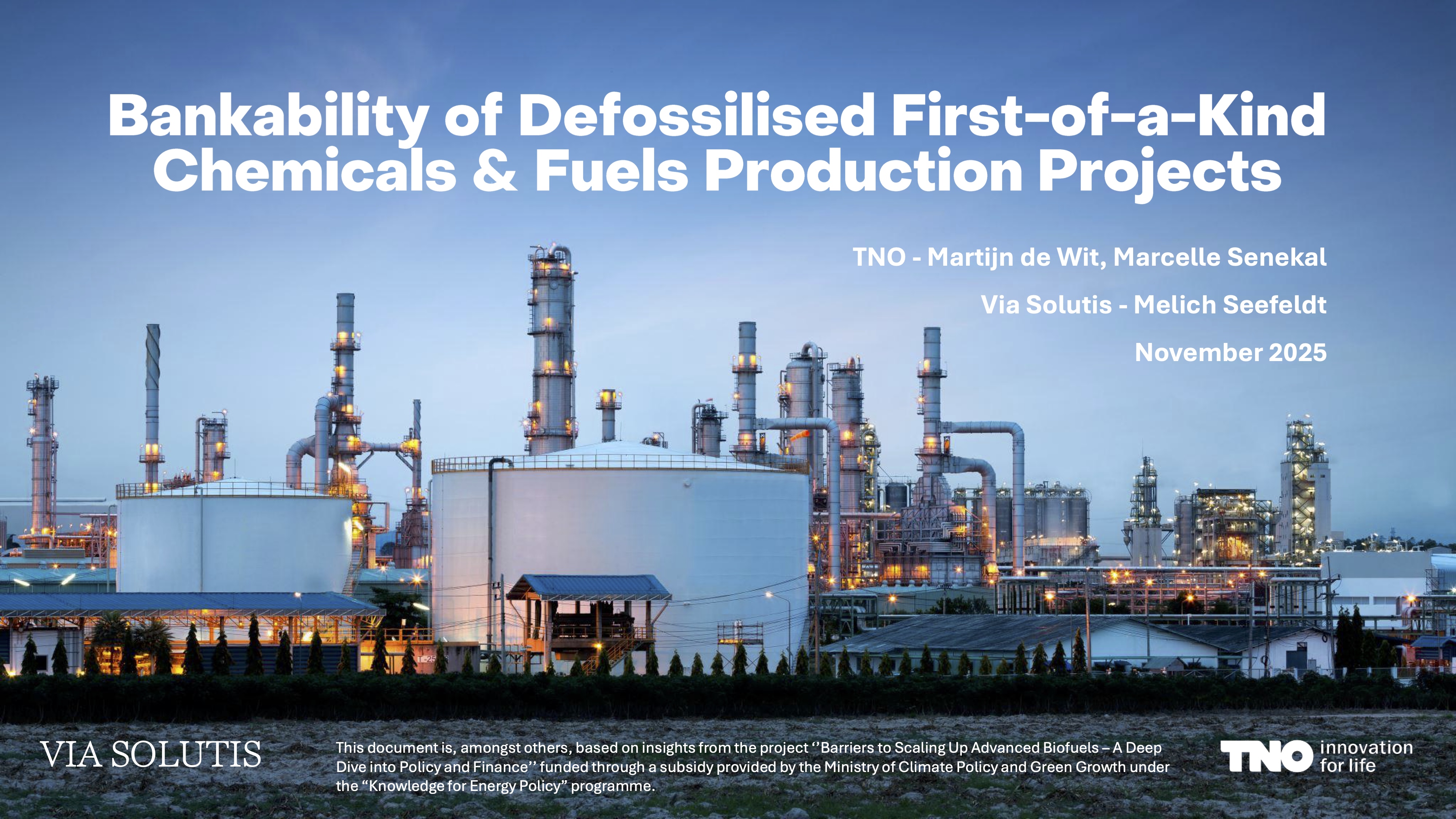Imperial College - Sustainable biomass availability in the EU to 2050 | 2021

The potential availability of sustainable biomass has been assessed in many reports. In this report, by Dr. Panoutsou of Imperial College London and Dr. Maniatis, the potential availability in the EU and UK towards 2030 and 2050 has been assessed to provide insights on the future advanced biofuel potential in the EU and UK. The accessibility to sustainable low-carbon bio-feedstock is one of the key drivers to achieve an EU low-carbon economy by 2050.
The research specifically only covers domestic waste based feedstocks, .i.e. those mentioned in of Annex IX of REDII (Part A and B), and thus does not take into account food and feed crops, or other sustainable feedstocks that may be excepted under the RED-regulation but are not included in the Annex IX-list (see page 123 of the RED (EU)2018/2001).
The study was commissioned by Concawe, a research body of European oil companies investigating environmental issues.
One of the key conclusions that can be drawn from the report is that within the EU sufficient waste based, Annex IX, biomass feedstocks could be mobilized - within interfering with other biomass functions, to supply approx. 50 to 100 Mtoe of advanced biofuels to the transport sector by 2030. Relating this outcome with data from Eurostat on the 2019 energy consumption in road transport (270 Mtoe) and international bunkering in the aviation (42 Mtoe) and maritime sector (44 Mtoe), the Platform takes from the report that 20-35% of road transport energy consumption could be based on advanced biofuels. The volumes could flow over time, with increased dominance of electric mobility in the road sector, to the maritime and aviation sector.
Three scenarios are investigated in the report:
Low biomass mobilisation: This scenario assumes low mobilisation of biomass for both 2030 and 2050.
Improved biomass mobilisation in selected countries (medium): This scenario focuses on improved mobilisation which is the result of improvements in cropping and forest management practices in countries with high biomass availability. This is combined with either good institutional framework and defined targets for bioenergy, strong infrastructure and strong innovation profiles, or in countries with low biomass supply costs.
Enhanced availability through Research and Innovation (R&I) & improved mobilisation (high): This scenario implies highest rates for assumptions on increased mobilisation as well as increased improvements in management practices. Significant parts (75%) of unused, abandoned and degraded land are used for biomass crops, and improved research and innovation will result in higher yields.
Detailed assumptions and underlying data can be found in Table 2 (Main assumptions) and Table 3 (Key assumptions) in the document.
With a conservative approach and the exclusion of other sustainable biomass feedstock as algal, not (yet) included in REDII Annex IX, the total estimated net biomass that could be used for biofuels production is estimate at 126-262 Mtoe in 2030 and 101-252 Mtoe in 2050. The ranges indicate the different scenarios (low, medium or high) based on the degree of increased mobilisation. The ranges include import and deduct the use of biomass for other non-transport (e.g. power, industry, service, agriculture and residential). The ranges can be translated to advanced and waste-based biofuel production of 46-97 Mtoe for 2030 and 71-176 Mtoe for 2050. However, they do conclude that additional R&D as well as the implementation of improved management strategies are needed to realise this potential.
Panoutsou and Maniatis describe the following key findings for the future market deployment of biofuels:
"In the 2050 timeframe it is assumed that sufficient quantities of renewable hydrogen will be available to be used in advanced biofuel thermochemical conversion technologies to increase the yield of advanced biofuels by converting the carbon in carbon monoxide and carbon dioxide to hydrocarbon fuel.
For 2030 and 2050, the success of synthetic biofuels via the gasification technology, and especially for Fischer- Tropsch biofuels, is very critical because this value chain can offer the highest conversion yield to biofuel. When combined with renewable hydrogen, Fischer-Tropsch becomes the most productive route to convert lignocellulosic biomass to advanced biofuels with very high conversion yields.
Hydrotreated lipids is and will remain the most developed value chain to produce hydrocarbon fuels, however, the long-term contribution of this value chain is hampered by the availability of lipids that meet the sustainability requirements of Annex IX of the Renewable Energy Directive.
Cellulosic ethanol will play a key role in the near to medium term, but its significance will decrease with the exception of further converting it to hydrocarbon fuels.
In the short to medium term coprocessing fast pyrolysis biooil in petroleum refineries can play a significant role if technical hurdles are solved. In the long term; and with the supply of renewable hydrogen; stand-alone fast pyrolysis and hydrothermal liquefaction biomass to biofuel plants can compete in the market."
Recente artikelen
Analyse brandstoftransitieverplichting

Nederlandse industrieclusters presenteren bidbook: Een basisindustrie om op te bouwen: nu & in de toekomst



